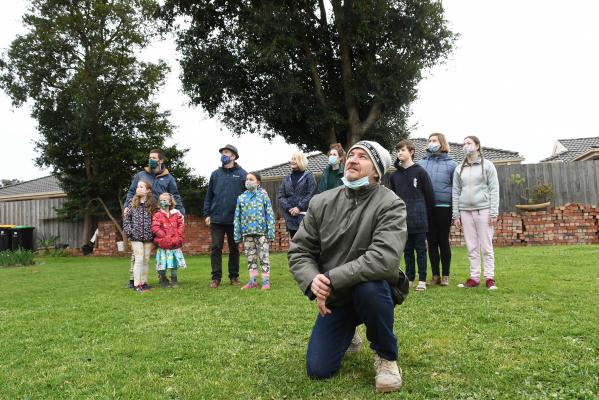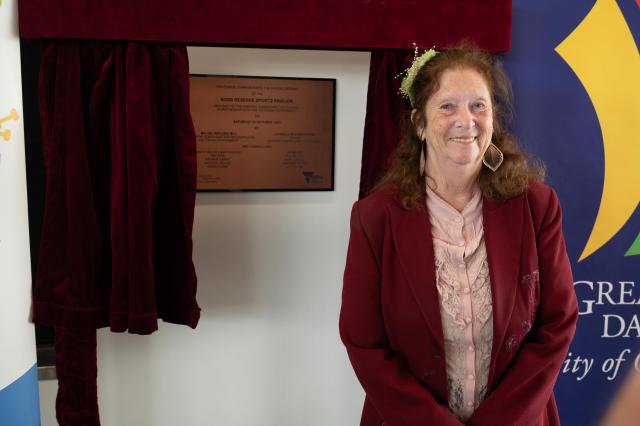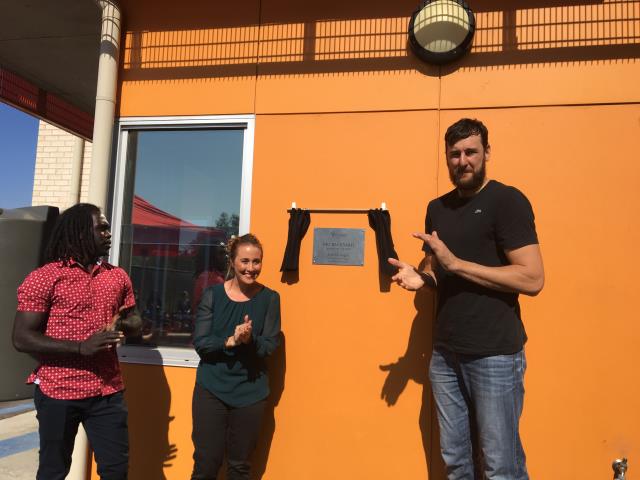Greater Dandenong’s sparse tree canopy coverage is receding, despite being a key part of council’s climate change strategy.
Since 2016, it has lost a further 0.9 per cent of canopy since 2016 – down from 9.9 per cent to 9.0 per cent.
“Whilst this appears to be a small amount, it is lost from an already small baseline and therefore any loss of canopy cover is concerning and must be addressed to mitigate the severe health and wellbeing consequences of urban heat,” a council report to be tabled on 27 September stated.
Greater Dandenong has eastern Melbourne’s lowest rate of canopy cover.
The lack of trees, high levels of concrete in private gardens and dark surfaces have made Greater Dandenong the seventh hottest region in Melbourne, the report stated.
It had recently set a target of increasing its canopy coverage to 15 per cent by 2028. In doing so, it would help greater Melbourne’s rate rise to 30 per cent.
Most suburbs except Bangholme and Dandenong South have become sparser in the past five years.
The most severe drops were in Dandenong (down 4.6 per cent), Noble Park (4 per cent), Springvale (3.9 per cent), Lyndhurst (3.8 per cent) and Noble Park North (2.9 per cent).
Most of the loss was attributed to rail corridor upgrades such as the Sky Rail project.
The council, which has declared a climate change emergency, has identified trees as key to mitigating rising local temperatures and heat stress.
Canopy trees can reduce the ‘urban heat island’ effect, cooling daytime surface temperatures by between 5 and 20 degrees Celsius.
“Evidence shows that planting canopy trees is a strong and effective response to these risks,” a council urban forest report stated.
“Not only do trees significantly cool our urban environment, they also provide us with a sense of calmness and improved aesthetic values for our streets and gardens.”
The most significant factor identified was the “very low canopy cover” on private land, which comprises 73 per cent of the municipality.
There was just 7 per cent canopy cover on private land.
In 2020, the council reported that it must introduce local laws requiring permits to remove mature trees on private land or it couldn’t meet the 15 per cent target
However in its latest proposed strategy, the council has deferred discussion of a local law.
On 27 September, councillors will vote on the strategy, which would be to significantly plant on public land and to educate private landowners.
Dandenong resident Brian Congues said the vote should include the inclusion of a local law.
A vast majority of the 114 public submissions were in favour of the local law, he said.
“Because it’s not recommended (in the agenda), they will never talk about it further.
“It will never go ahead.”
In its wake, he expected his neighbourhood’s “rapidly diminishing” canopy to worsen.
Since moving into the area 30 years ago, he’s seen big yards and gardens disappear under rows of units and townhouses.
“These people have got old, they’ve moved out and the developers have moved in.
“I’m not anti-development. Development has to happen but with consideration of trees and vegetation.
“We can’t live in a world devoid of trees and vegetation.”
Mr Congues said advocacy and education alone of private landowners was also inadequate.
Councillors needed to act further on a “duty of care” to protect its residents from the harms of climate change, he said.
“Unless they introduce a local law, their policy means nothing.
“They acknowledge the problem they’ve got but they don’t have the will and backbone to do it.”
The issue has split councilors in the past. Opposing councillors have argued for landowners’ rights to manage vegetation on their own land.
The council has identified canopy loss being driven by a growth in affordable housing such as apartments and townhouses.
Also, residents had less time to devote to gardening and were opting for lawn or paving instead.
xxxxx
Tree canopy coverage in 2021 (compared to 2016)
Bangholme 4.7% (+0.2%)
Dandenong 9.3% (-4.6%)
Dandenong North 13.7% (-1.6%)
Dandenong South 7.7% (+1.2%)
Keysborough 7.7% (-1.6%)
Lyndhurst 2.7 % (-3.8%)
Noble Park 14% (-4.0%)
Noble Park North 10.7% (-2.9%)
Springvale 13.7% (-3.9%)
Springvale South 9.7% (-1.2%)
Source: City of Greater Dandenong







